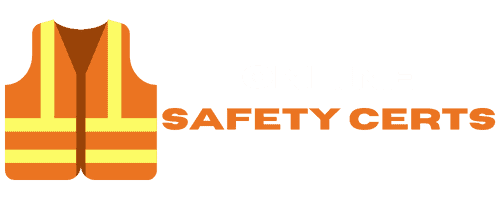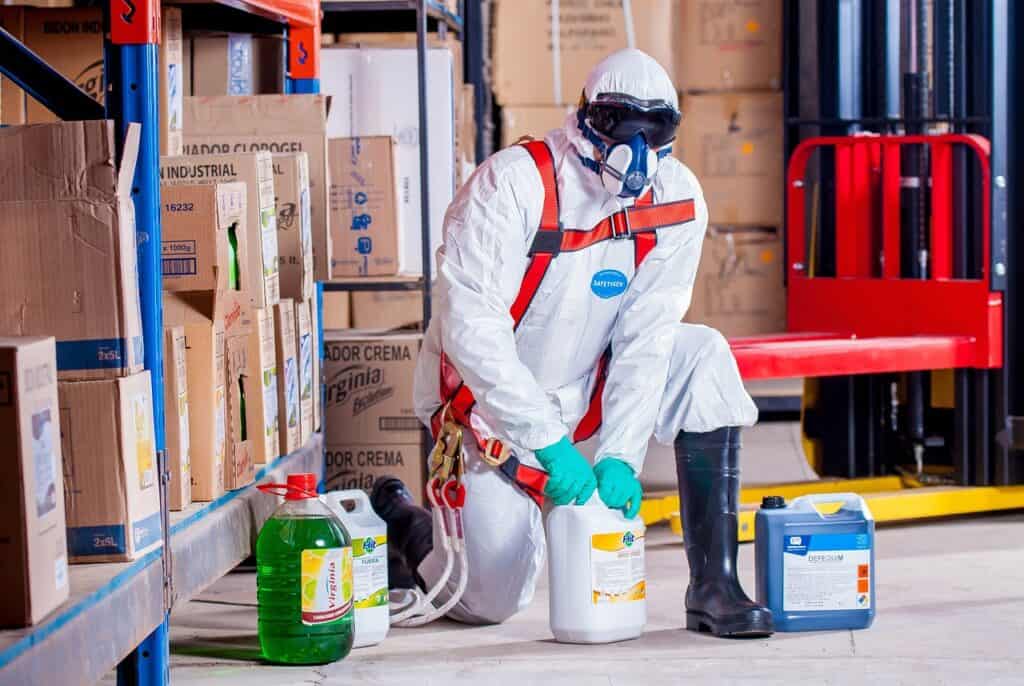Accidental spills can have serious consequences for the environment, employees, and your business. To minimize the risks of hazardous chemical accidents, companies need to invest in effective spill prevention control and countermeasure training programs. Here’s a guide to help you get started.
Identify Candidate Training Programs
Before selecting a training program, it’s important to identify hazards that apply to your workplace. Depending on the nature of the business, you should consult safety experts or look at industry standards to identify potential risks associated with hazardous spills. Once you know what types of chemicals or compounds are being used, you can begin researching and selecting an appropriate training program for your needs.
Establish Clear Training Goals & Objectives
Once you’ve identified your potential risks, it’s important to establish clear training goals and objectives. Consider the primary activities and tasks your employees must carry out when responding to a hazardous spill. Developing course content that focuses on accomplishing these activities efficiently and effectively will ensure your team is prepared in any situation. Additionally, the objectives of the training program should be measurable so you can track improvement over time.
Develop a Comprehensive Curriculum
To create an effective spill prevention control and countermeasure training program, you must develop a comprehensive curriculum. This should include detailed instructions on how to react in various scenarios, proper equipment use, and safe response practices. Your course content should also be regularly reviewed and updated; this may involve incorporating new technological solutions or industry best practices that continually emerge. Finally, make sure to educate your staff on environmental policies and regulations they will need to consider when responding to a hazardous spill.
Evaluate Performance and Measure the Impact of Training Programs
It is important to periodically evaluate the performance of your spill prevention control and countermeasure training program. This will help you track progress, monitor outcomes, and measure the overall impact of your efforts. Such evaluations may be conducted through surveys or interviews with staff members and managers. It is also advisable to analyze your facility’s data to identify existing gaps in your response process that must be addressed by further training.
Provide Regular Refresher Courses and Trainings
Refresher courses and trainings should be an integral part of your facility’s spill prevention control and countermeasure program. Regular trainings help to ensure that staff members remain aware and knowledgeable about effective spill prevention strategies.
These sessions can address new procedures, review changes in law or regulations, and provide updates on the latest emergency response protocols. Additionally, offering refresher trainings helps to promote increased safety through instructor-led discussions on best practices for preventing spills at your facility.
During the trainings, instructors should provide a comprehensive overview of spill prevention and response techniques. Participants should then have an opportunity to practice their skills and demonstrate proficiency in order to receive certification for spill prevention control and countermeasure training.
To ensure that participants are engaging with the course materials, pay attention to their body language as well as verbal responses during the sessions. Additionally, recorded results from quizzes and tests can inform whether staff members have a grasp on the material, or if they need additional lessons on topics such as PPE maintenance, stormwater management systems, routine inspections of hazardous containment areas, toxic release inventory requirements, and legal obligations surrounding accidental releases.

